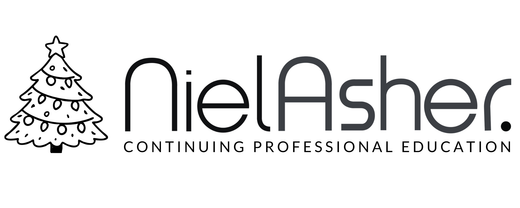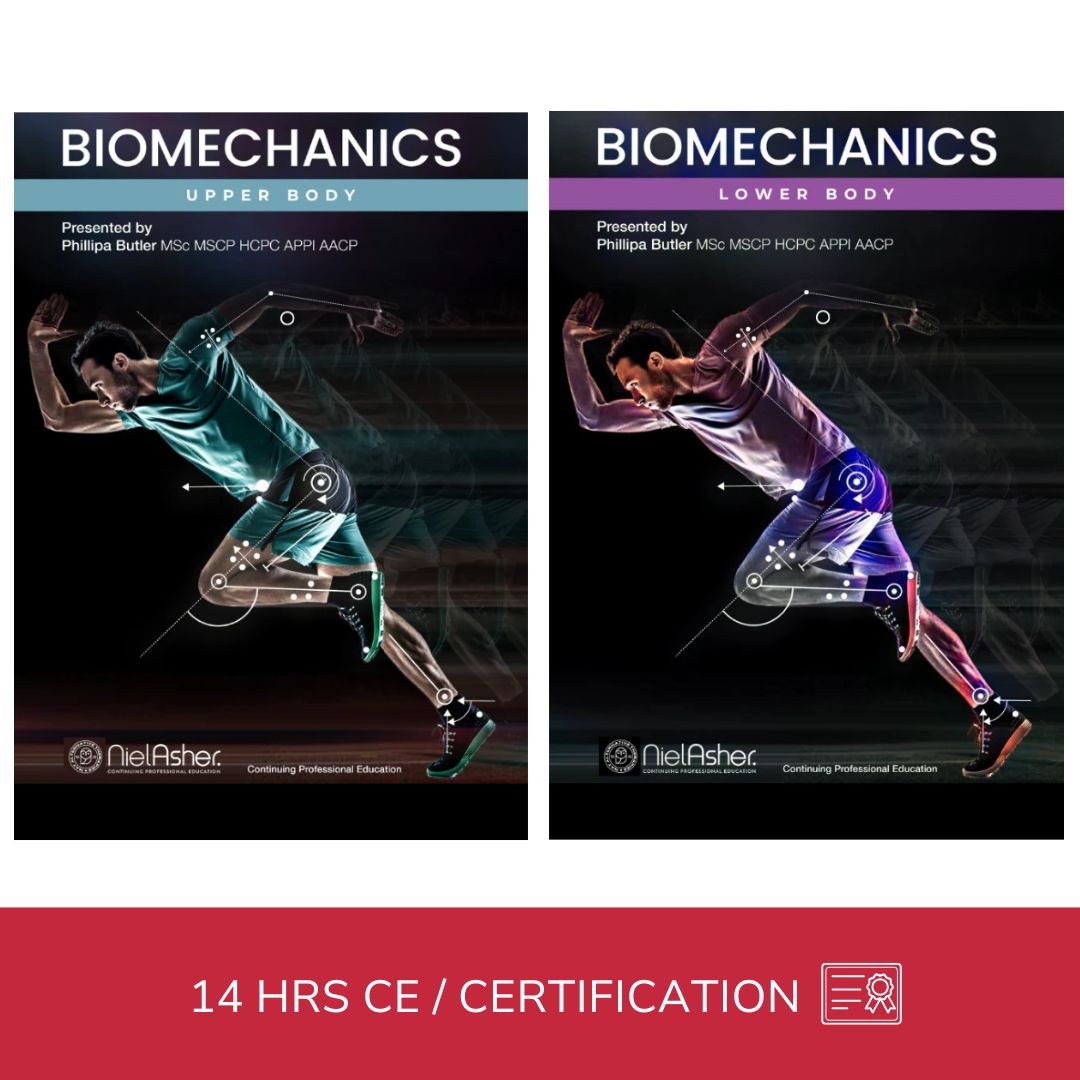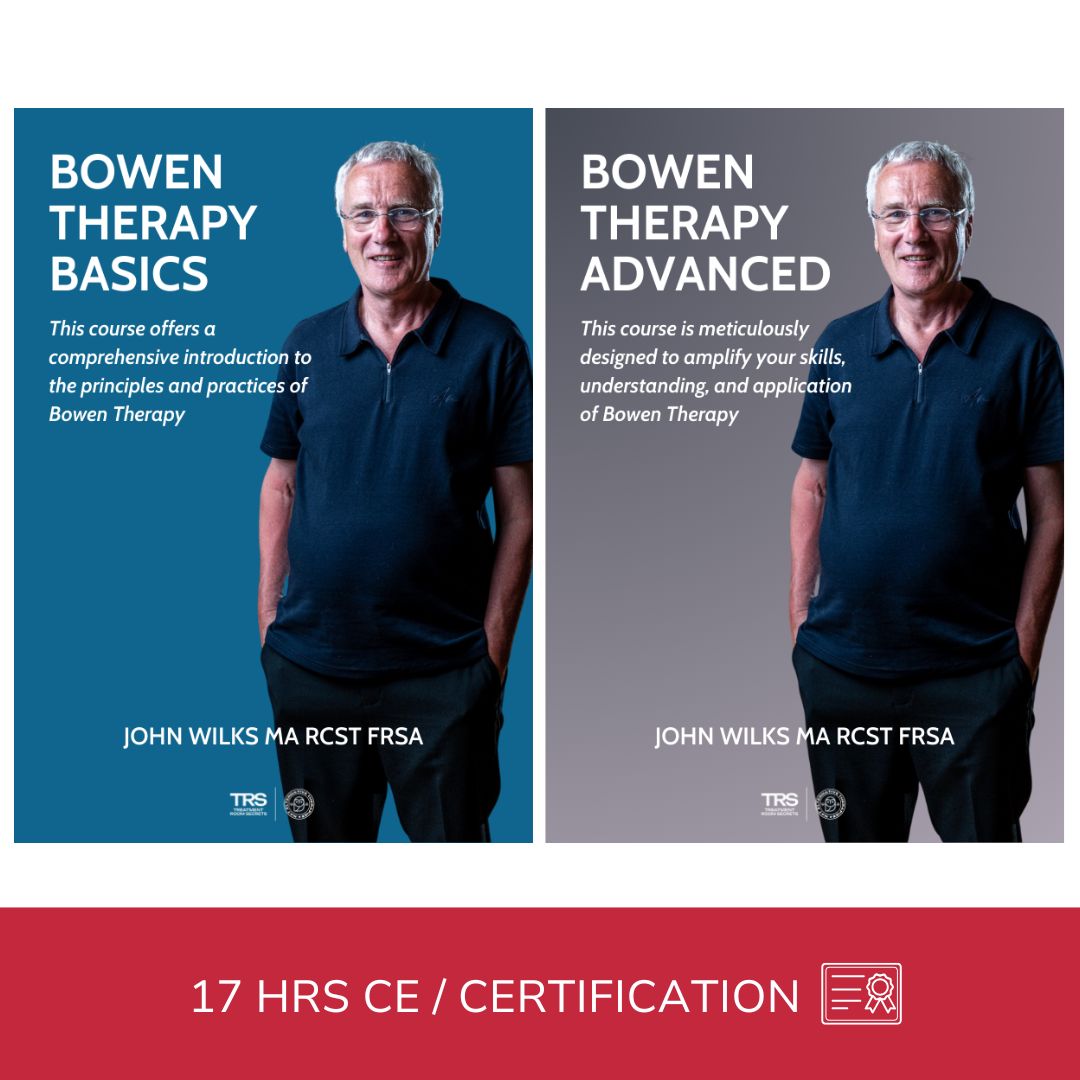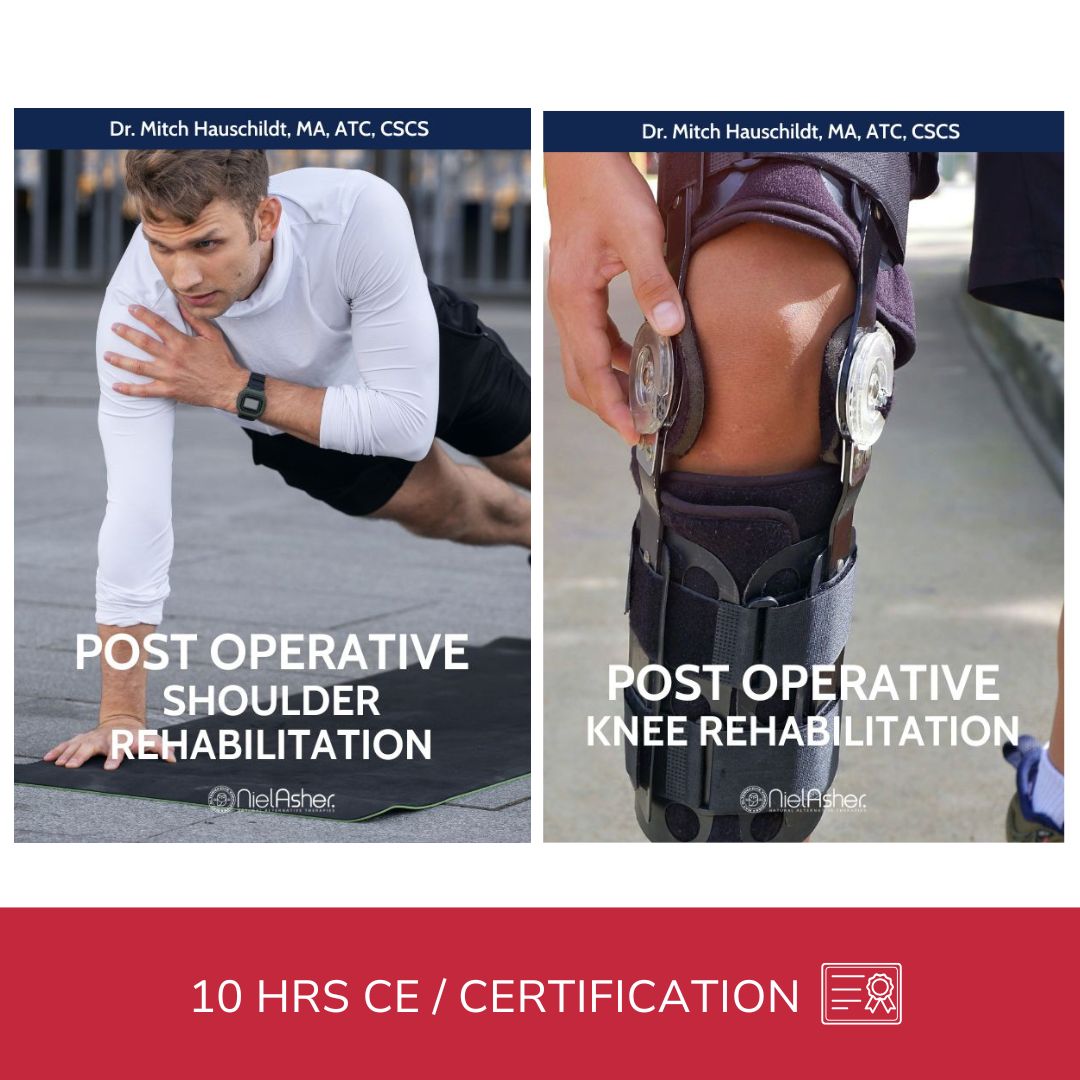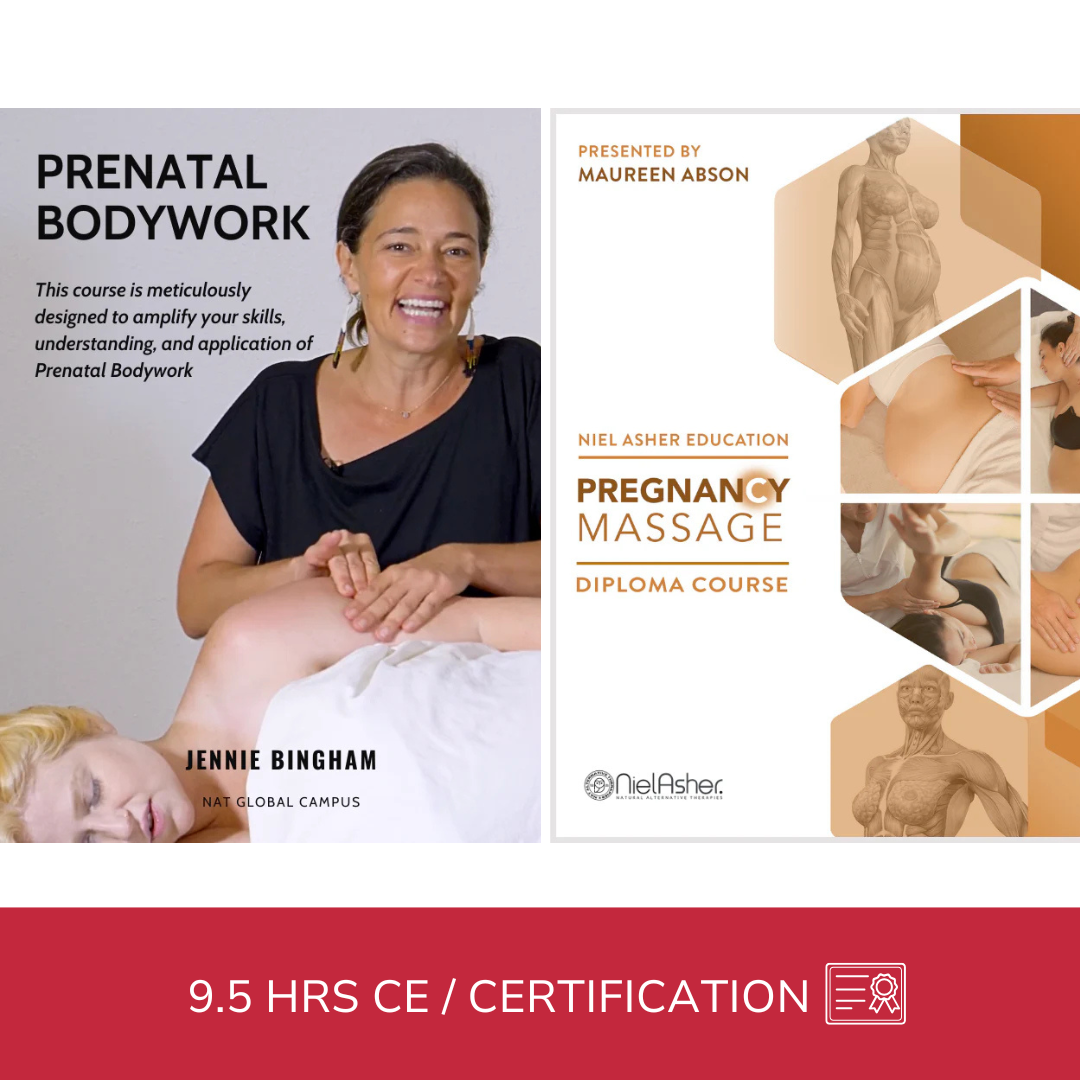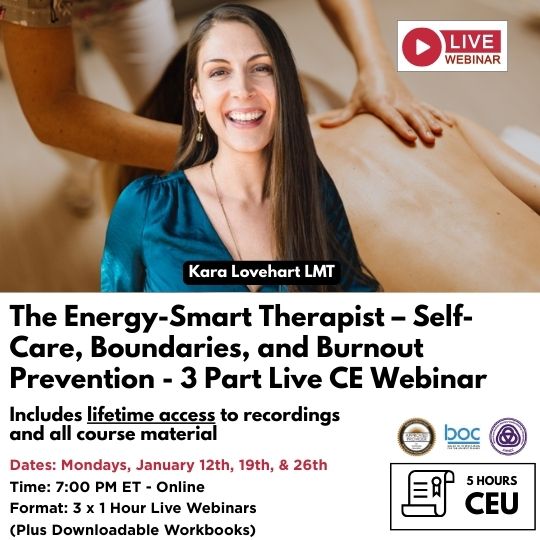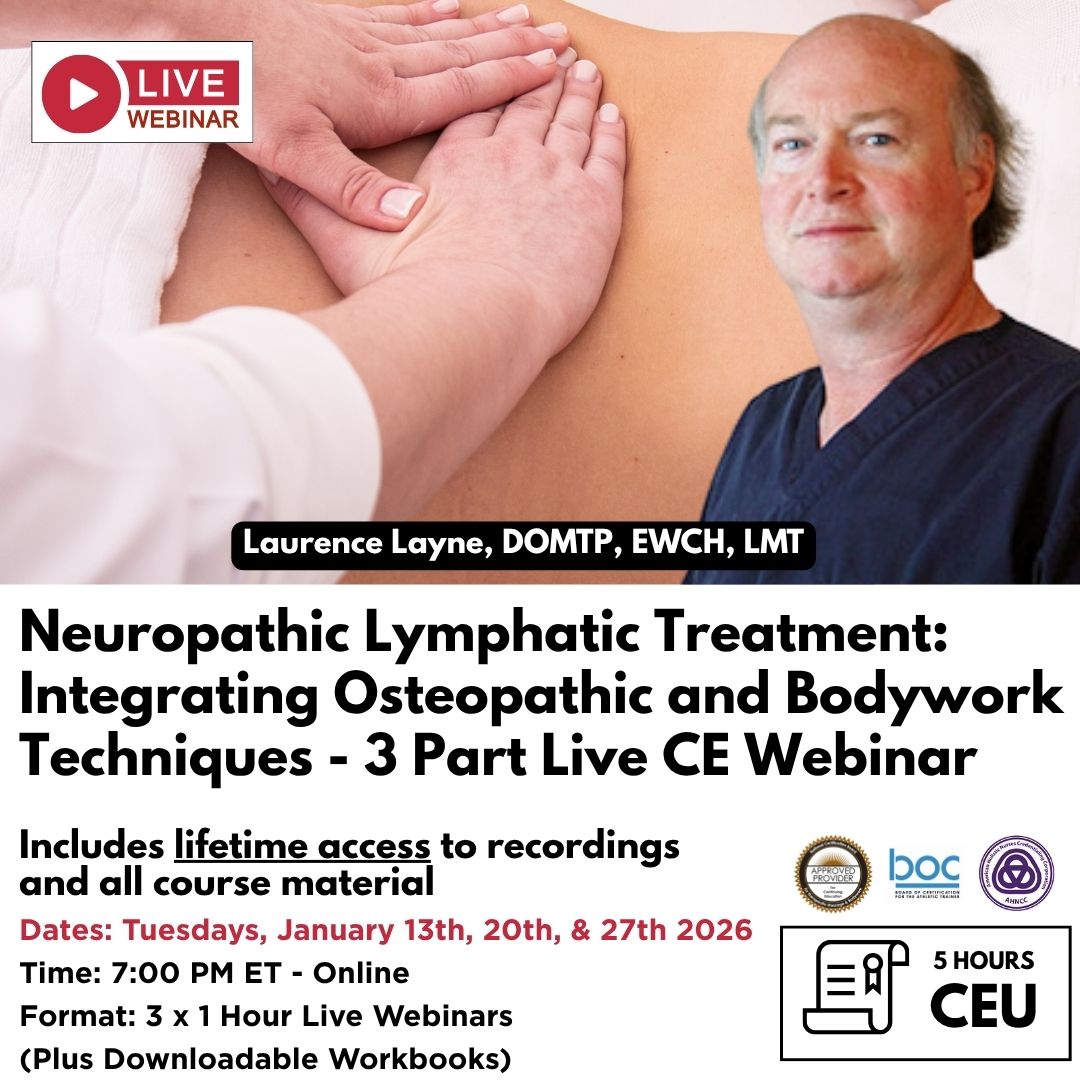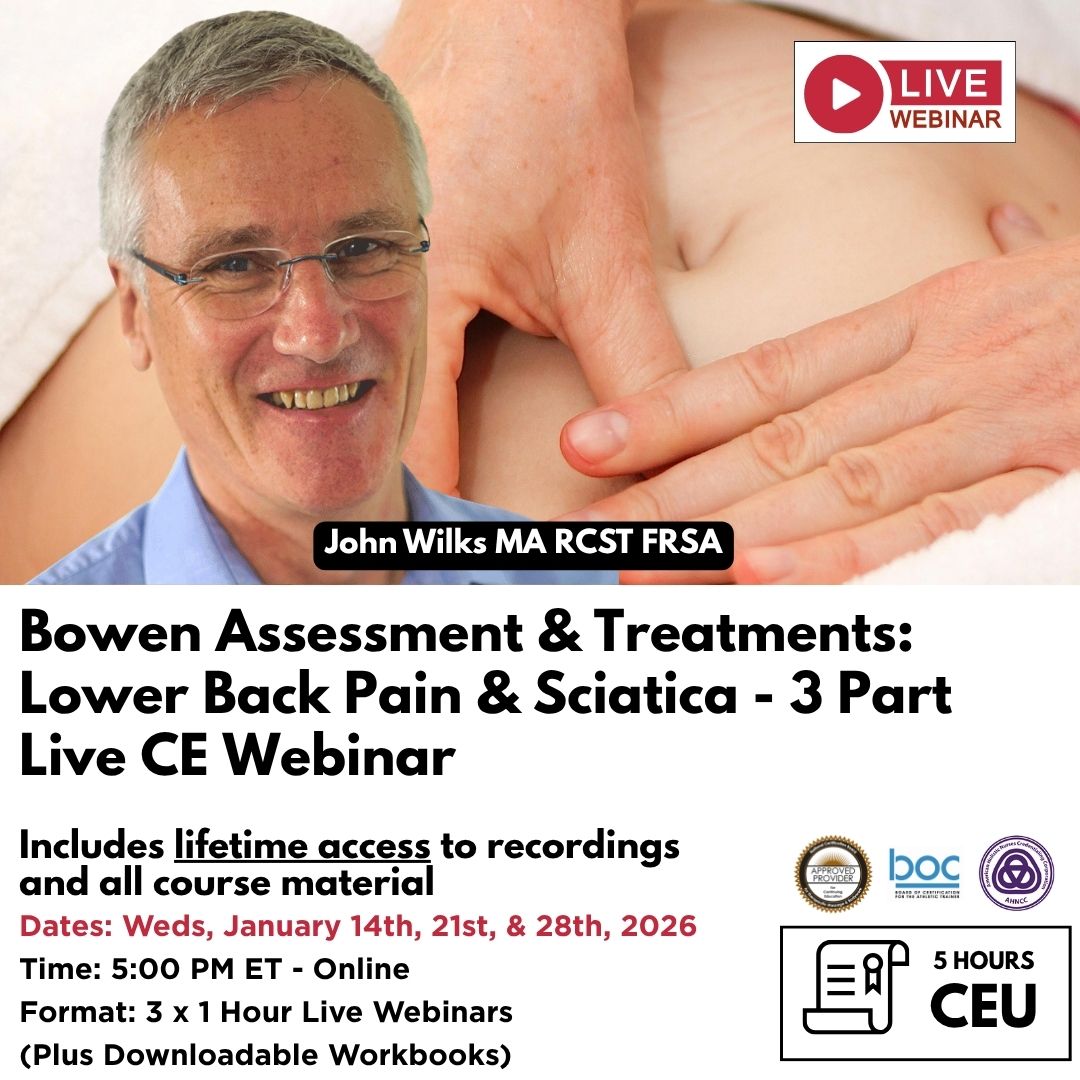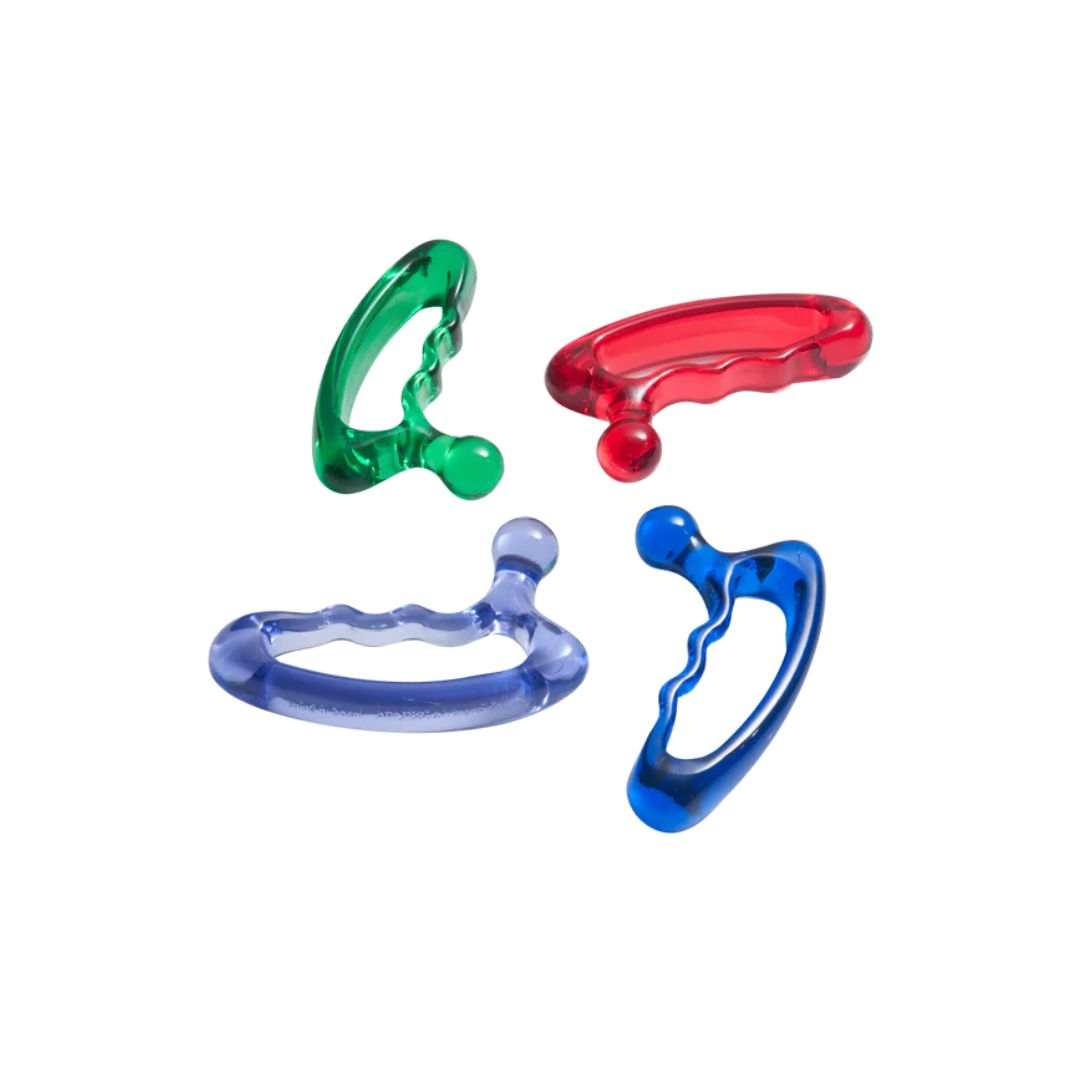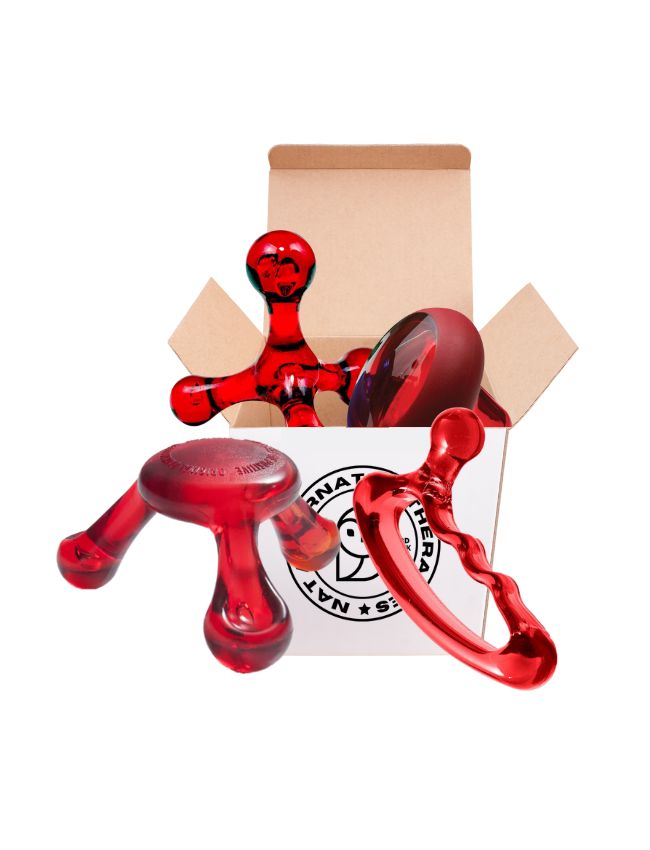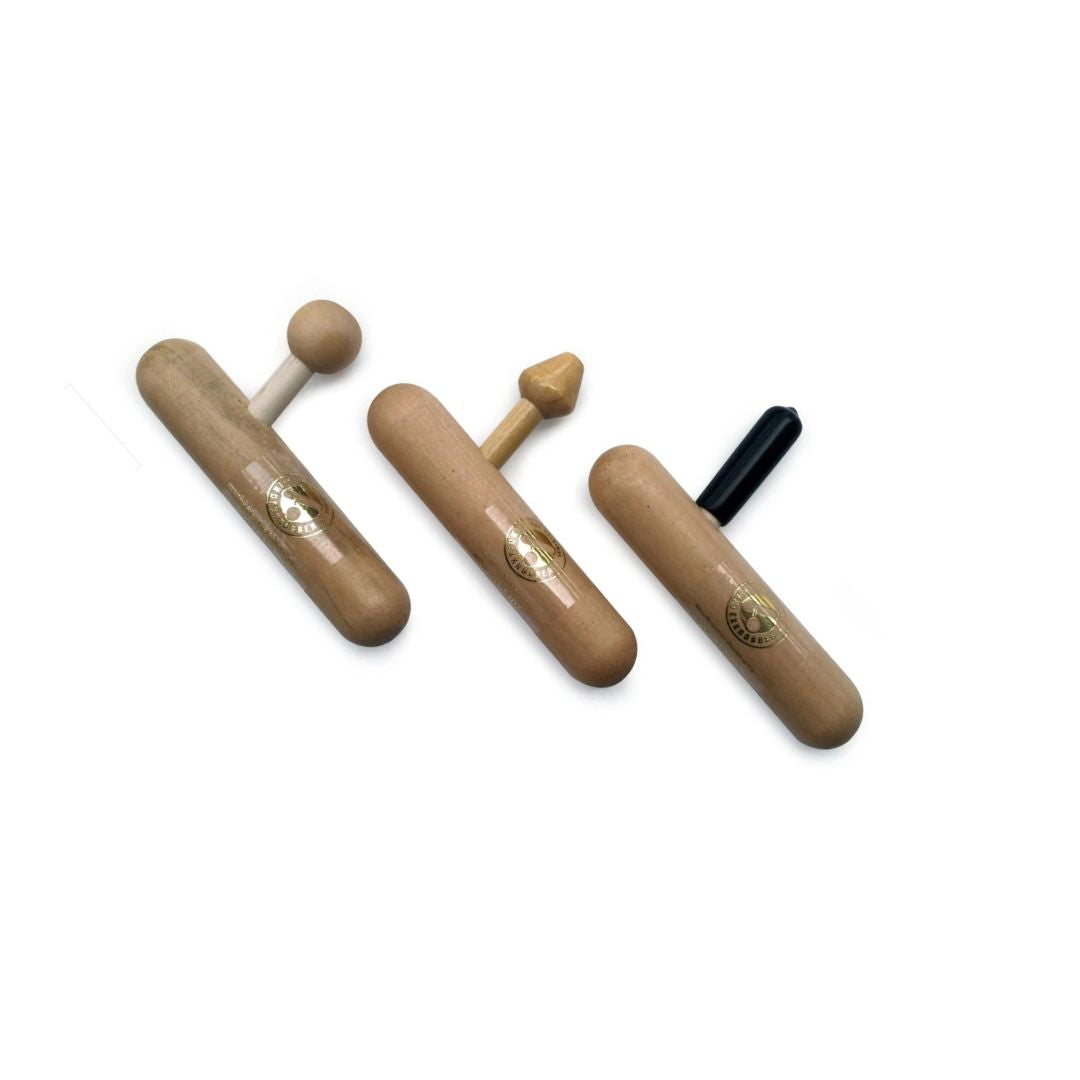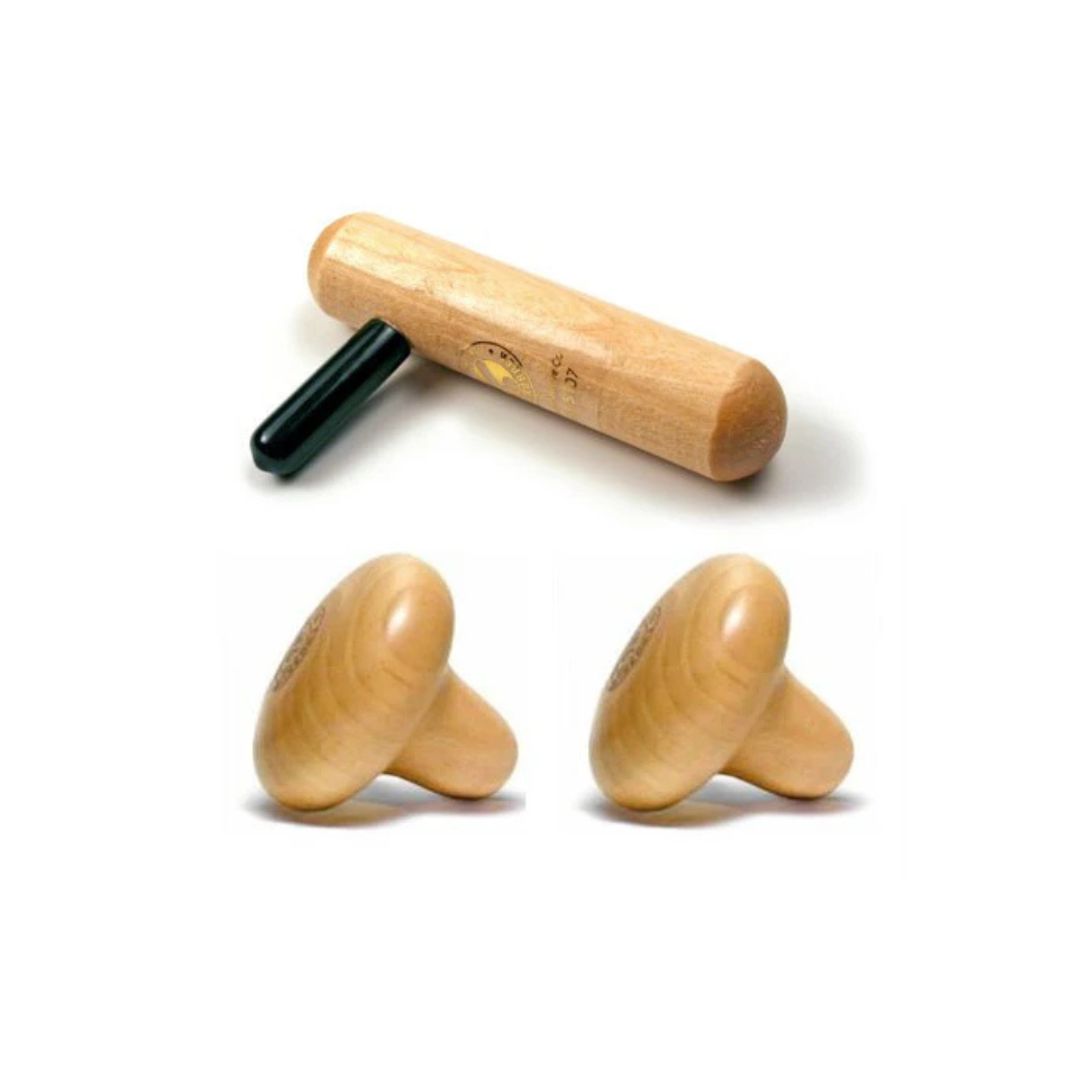Treating Horses Like Athletes (Because They Are!): Massage & Flexibility
The Healing Hoof: Why Massage and Stretching are Just as Crucial for Horses as They Are for Us
Hey everyone, let's talk horses! Majestic, powerful, and often our beloved companions, they give us so much – from exhilarating rides to unwavering friendship. But just like us humans, these incredible animals experience muscle tension, stiffness, and pain. And just like us, they can benefit immensely from the therapeutic touch of massage and the liberating effects of stretching.
Think about it. A horse working hard, whether it's a top-level athlete jumping fences, a dependable ranch horse herding cattle, or even your weekend trail buddy carrying you through the woods, is putting their body through a lot. They're engaging powerful muscle groups, navigating uneven terrain, and sometimes dealing with the inevitable bumps and strains that come with an active life. Even horses in lighter work or those enjoying their retirement can develop stiffness from inactivity or the natural aging process.
For years, we’ve understood the profound benefits of massage and stretching for human well-being. We go for that knot-releasing deep tissue massage after a tough workout, and we diligently stretch to improve our flexibility and prevent injury. So, why wouldn’t these same principles apply to our equine partners? The truth is, they absolutely do, and a growing movement of horse owners, carers, and therapists is recognizing this more than ever before.

Mirror Images: The Musculoskeletal System of Horse and Human
When you really delve into the anatomy, the similarities between the musculoskeletal systems of horses and humans are striking. They have large muscle groups responsible for locomotion, a complex network of connective tissues (fascia), and joints that can become stiff or restricted. Just like us, horses develop trigger points – those hyperirritable spots in muscle that can cause local pain and referred pain to other areas. A tight hamstring in a human can affect their lower back; similarly, tension in a horse’s gluteal muscles can impact their gait and even contribute to back soreness.
Understanding these parallels is key to appreciating why massage and stretching are so effective for horses. Massage helps to increase blood flow, reduce muscle tension, break down adhesions in the fascia, and promote relaxation. Stretching improves flexibility, range of motion, and helps to prevent injuries by preparing the muscles for activity and maintaining their suppleness.

The Online Revolution: Empowering Horse Owners
One of the most exciting developments in recent years has been the increasing accessibility of equine massage and stretching education for horse owners and carers. Thanks to the rise of online learning platforms, individuals who may not have had the time or resources to attend traditional in-person courses can now learn these valuable skills from the comfort of their own homes and stables.
This trend is fantastic for several reasons. Firstly, it empowers horse owners to take a more proactive role in their animal’s well-being. They can learn to identify early signs of tension or discomfort and address them with basic massage and stretching techniques before they escalate into more significant problems. This not only improves the horse’s comfort but can also potentially reduce veterinary bills down the line.
Secondly, online learning makes expert knowledge more widely available. Owners can learn from experienced equine massage therapists and bodyworkers from around the world, gaining insights into specific techniques and approaches tailored to different disciplines and breeds. This democratization of knowledge is leading to a more informed and proactive horse-owning community.
Imagine being able to soothe your horse’s tight neck muscles after a long trailer ride, or gently stretch their hind legs to improve their stride length. These are skills that are becoming increasingly attainable for dedicated horse owners, fostering a deeper connection with their animals and a greater understanding of their physical needs.

A Growing Profession: The Rise of the Equine Massage Therapist
The growing awareness of the benefits of equine massage and stretching has also fueled a rise in the demand for qualified equine massage therapists. More and more individuals are recognizing the potential to build a fulfilling and financially viable career by specializing in this field.
Think about the diverse population of horses out there. From high-performance athletes in racing, dressage, and show jumping, to beloved family horses and therapeutic riding partners, the need for skilled equine bodyworkers is significant. Just like human athletes rely on massage therapists to optimize their performance and recover from intense training, equine athletes benefit immensely from targeted massage to address muscle imbalances, improve circulation, and enhance their athletic capabilities.
For massage therapists looking to expand their income streams or specialize in a niche they are passionate about, equine massage therapy presents a unique and rewarding opportunity. The foundational skills of massage therapy translate well to horses, but there’s also a fascinating layer of equine-specific anatomy, biomechanics, and handling techniques to learn. Understanding how a horse moves, where they tend to hold tension, and how to safely and effectively apply massage techniques requires dedicated study and hands-on practice.
The beauty of specializing in equine massage is the direct impact you can have on an animal’s well-being. Seeing a tense, stiff horse relax under your hands, witnessing their improved movement and comfort, is incredibly rewarding. And as the industry continues to grow, qualified equine massage therapists are finding increasing opportunities to build successful businesses, working with individual owners, training stables, and veterinary clinics.

Niel Asher Education: Championing Animal Welfare Through Knowledge
At Niel Asher Education, we firmly believe in the power of education to improve the lives of both humans and animals. That’s why we’ve developed highly regarded online courses specifically focused on animal welfare through manual therapy. Our equine courses are designed to empower horse owners and aspiring equine massage therapists with the knowledge and skills they need to make a real difference in the lives of horses.
Our online Trigger Point Therapy for Horses course delves into the fascinating world of myofascial pain in equines. Just like in humans, trigger points can be a significant source of pain and dysfunction in horses. This course equips you with the ability to identify these troublesome spots and learn effective techniques to release them, leading to improved comfort and performance.
Our comprehensive Massage and Stretching for Horses course provides a thorough grounding in equine anatomy, biomechanics, and practical massage and stretching techniques. You’ll learn how to assess a horse’s posture and movement, identify areas of tension, and apply a range of massage strokes and stretches to promote relaxation, improve circulation, and enhance flexibility.
What sets our courses apart is our commitment to providing high-quality, evidence-informed education that is also accessible and convenient through our online platform. Our courses are highly accredited for Continuing Education (CE), ensuring that the knowledge and skills you gain are recognized and valued within the professional community. We believe in empowering individuals with the tools they need to make a positive impact on animal welfare, and our equine courses are a testament to that commitment.

The Future is Bright: A More Holistic Approach to Equine Care
The trend of horse owners and carers embracing massage and stretching is not just a fleeting fad; it represents a fundamental shift towards a more holistic and proactive approach to equine care. As our understanding of equine physiology and biomechanics deepens, and as high-quality educational resources become more accessible, we will continue to see a greater emphasis on preventative care and the use of manual therapies to optimize equine health and performance.
For those of us already working in the manual therapy field, whether with humans or considering expanding to equines, this is an exciting time. The principles we understand so well – the power of touch, the importance of movement, and the interconnectedness of the musculoskeletal system – are just as relevant and impactful for our four-legged clients. By embracing this growing field, we can not only enhance the well-being of these magnificent animals but also enrich our own professional lives.
So, the next time you’re working on a tight hamstring or a stiff shoulder, take a moment to consider your equine counterparts. They too deserve the benefits of skilled touch and targeted movement. The healing hoof is just as responsive as the human hand, and the rewards of bringing comfort and improved mobility to a horse are immeasurable. Let’s continue to learn, grow, and champion the well-being of all our clients, two-legged and four-legged alike.
References:
- Clayton, H. M. (2005). Clinical Anatomy of the Horse. Equine Veterinary Education, 17(1), 51-52. (Provides foundational anatomical knowledge relevant to understanding muscle and skeletal structures.)
- Haussler, K. K., & Jeffcott, L. B. (2006). Equine Back Pathology: Diagnosis and Treatment. Wiley-Blackwell. (While focused on pathology, it highlights the importance of musculoskeletal health in horses.)
- Findley, T. W., Chaudhry, H., Dharamsi, S., & Standley, P. R. (2012). Fascia research—a narrative review. Journal of Bodywork and Movement Therapies, 16(1), 69-102. (Provides background on fascia, a key tissue addressed by massage and stretching in both humans and horses.)
- Mackechnie-Guire, R., Hodgson, J. L., & McGreevy, P. D. (2018). The effect of rider weight and additional dead weight on equine gait and behaviour. Journal of Veterinary Behaviour: Clinical Applications and Research, 23, 47-54. (Illustrates the physical demands placed on horses, highlighting the need for musculoskeletal support.)
- Various articles and resources from reputable equine massage therapy organizations and educational institutions. (While not formal academic citations, these often provide valuable insights into techniques and benefits. Examples include the International Association of Animal Massage Therapists (IAAMT) and various equine therapy schools.)
- Studies on the benefits of massage and stretching in human athletes. (The well-documented benefits in humans provide a strong rationale for similar positive effects in equine athletes due to the analogous musculoskeletal systems.)
Disclaimer:
The information provided in this article is for general knowledge and educational purposes only. While the principles of massage and stretching are widely recognized for their potential benefits in both humans and animals, the specific application and techniques for horses should be learned from qualified and certified equine massage therapists or under the guidance of a veterinarian. Always prioritize the safety and well-being of the horse. If your horse is experiencing pain, lameness, or any other health issues, it is crucial to consult with a licensed veterinarian for a proper diagnosis and treatment plan. The mention of Niel Asher Education's courses is for informational purposes regarding available educational resources and does not constitute an endorsement of any specific treatment outcome without proper training and application by a qualified individual. Always adhere to your local regulations and professional scope of practice.
About Niel Asher Education
Niel Asher Education (NAT Global Campus) is a globally recognised provider of high-quality professional learning for hands-on health and movement practitioners. Through an extensive catalogue of expert-led online courses, NAT delivers continuing education for massage therapists, supporting both newly qualified and highly experienced professionals with practical, clinically relevant training designed for real-world practice.
Beyond massage therapy, Niel Asher Education offers comprehensive continuing education for physical therapists, continuing education for athletic trainers, continuing education for chiropractors, and continuing education for rehabilitation professionals working across a wide range of clinical, sports, and wellness environments. Courses span manual therapy, movement, rehabilitation, pain management, integrative therapies, and practitioner self-care, with content presented by respected educators and clinicians from around the world.
Known for its high production values and practitioner-focused approach, Niel Asher Education emphasises clarity, practical application, and professional integrity. Its online learning model allows practitioners to study at their own pace while earning recognised certificates and maintaining ongoing professional development requirements, making continuing education accessible regardless of location or schedule.
Through partnerships with leading educational platforms and organisations worldwide, Niel Asher Education continues to expand access to trusted, high-quality continuing education for massage therapists, continuing education for physical therapists, continuing education for athletic trainers, continuing education for chiropractors, and continuing education for rehabilitation professionals, supporting lifelong learning and professional excellence across the global therapy community.
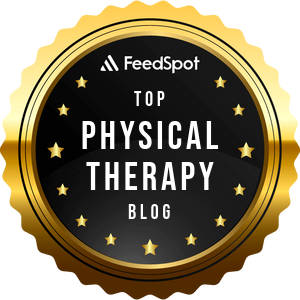
Continuing Professional Education
Looking for Massage Therapy CEUs, PT and ATC continuing education, chiropractic CE, or advanced manual therapy training? Explore our evidence-based online courses designed for hands-on professionals.
